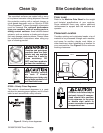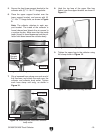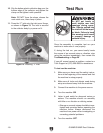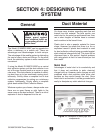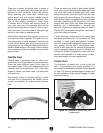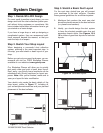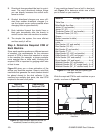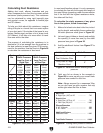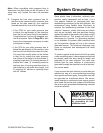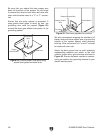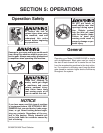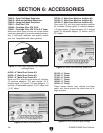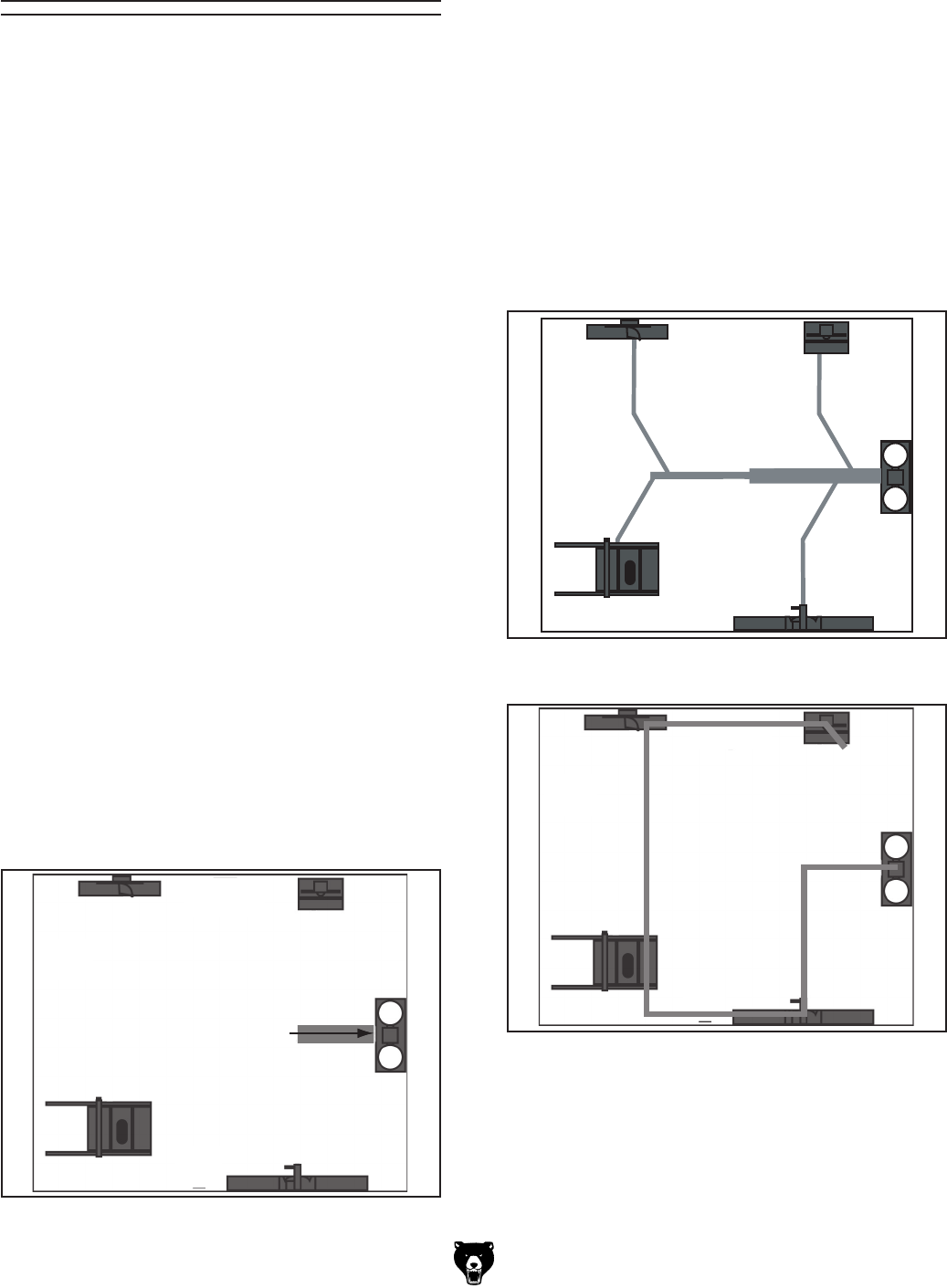
G1028Z/G1029Z Dust Collector
-19-
Step 1. Decide Who Will Design
For most small-to-medium sized shops, you can
design and build the dust collection system your
-
self without hiring engineers or consultants. We
have included some basic information here to get
you started on a basic design.
If you have a large shop or end up designing a
complicated system, then we recommend addi
-
tional research beyond this manual, or that you
seek the help of an expert.
Step 2. Sketch Your Shop Layout
When designing a successful dust collection
system, planning is the most important step. In
this step, you must sketch a basic layout of your
shop.
Before you get out your pencil and paper, we rec
-
ommend you visit our FREE Workshop Planner
available on our website at
www.grizzly.com.
Our Workshop Planner will allow you to quickly
and easily draw and print a basic shop layout.
Don't worry, non-Grizzly brand machines can be
substituted with Grizzly machines for layout pur
-
poses. Note: After you're finished, make sure to
save your layout for later modification.
Your s
ketch only needs the basic details of the
shop layout, similar to
Figure 17, including all
your current/planned machines and your planned
placement of the dust collector.
System Design
Figure 17. Flex-hose grounded to machine.
Step 3. Sketch a Basic Duct Layout
For the next step, sketch how you will connect
your machines to the dust collector. Consider
these general guidelines for an efficient system:
1. Machines that produce the most saw dust
should be placed nearest to the dust collector
(i.e. planers and sanders).
2. Ideally, you should design the duct system
to have the shortest possible main line and
secondary branch ducts. See Figures 18 &
19 for ideas of good duct layouts vs bad duct
layouts.
Figure 18. Good duct layout.
6''
5''
4''
4''
4''
4''
4''
4''
4''
Figure 19. Bad duct layout.





